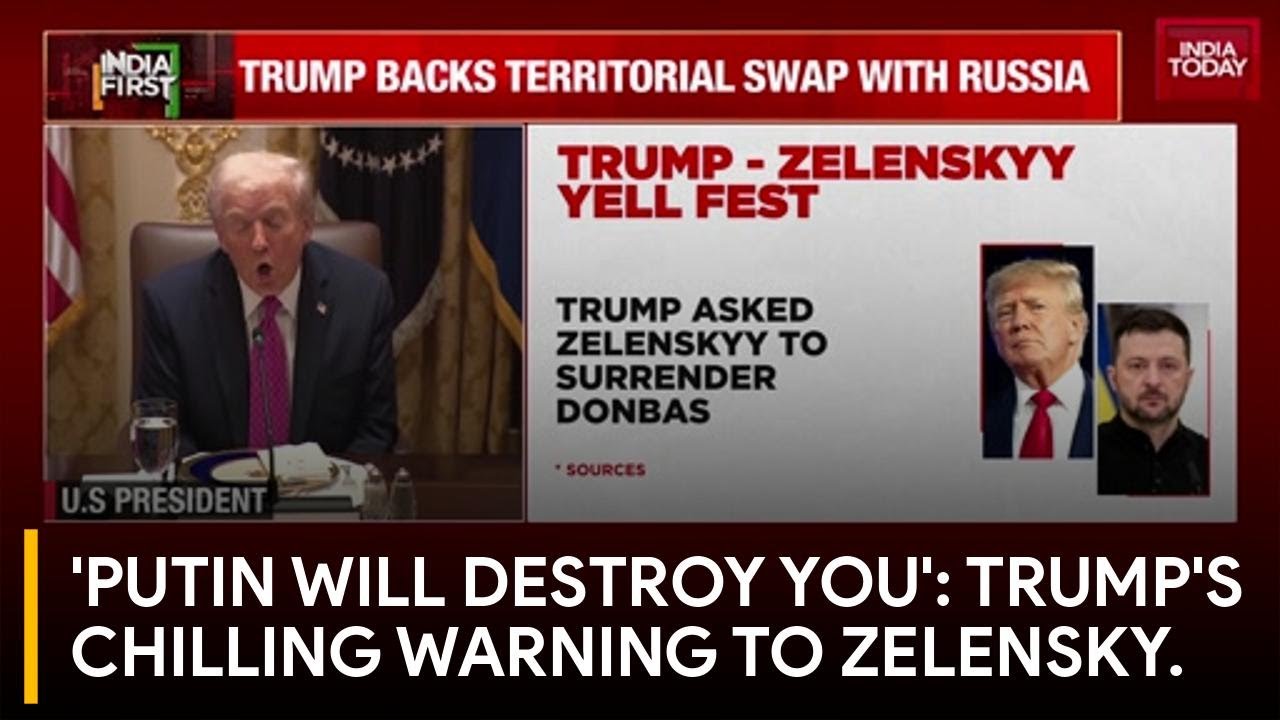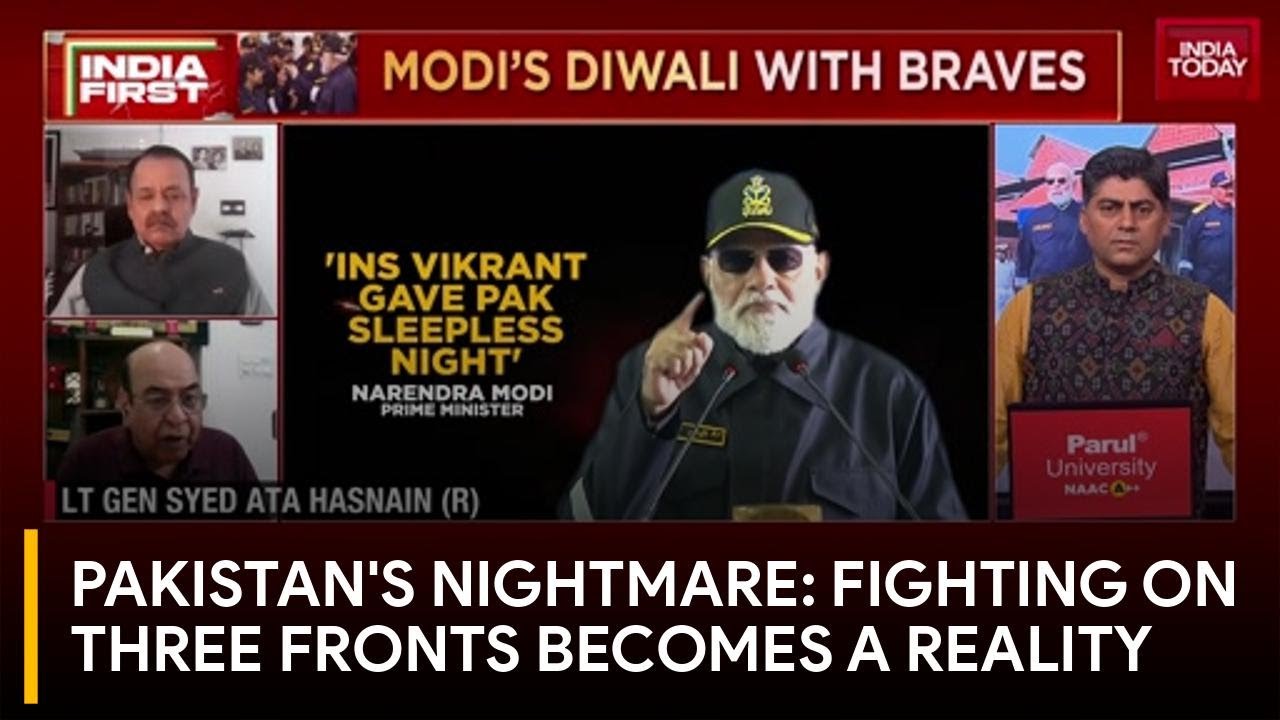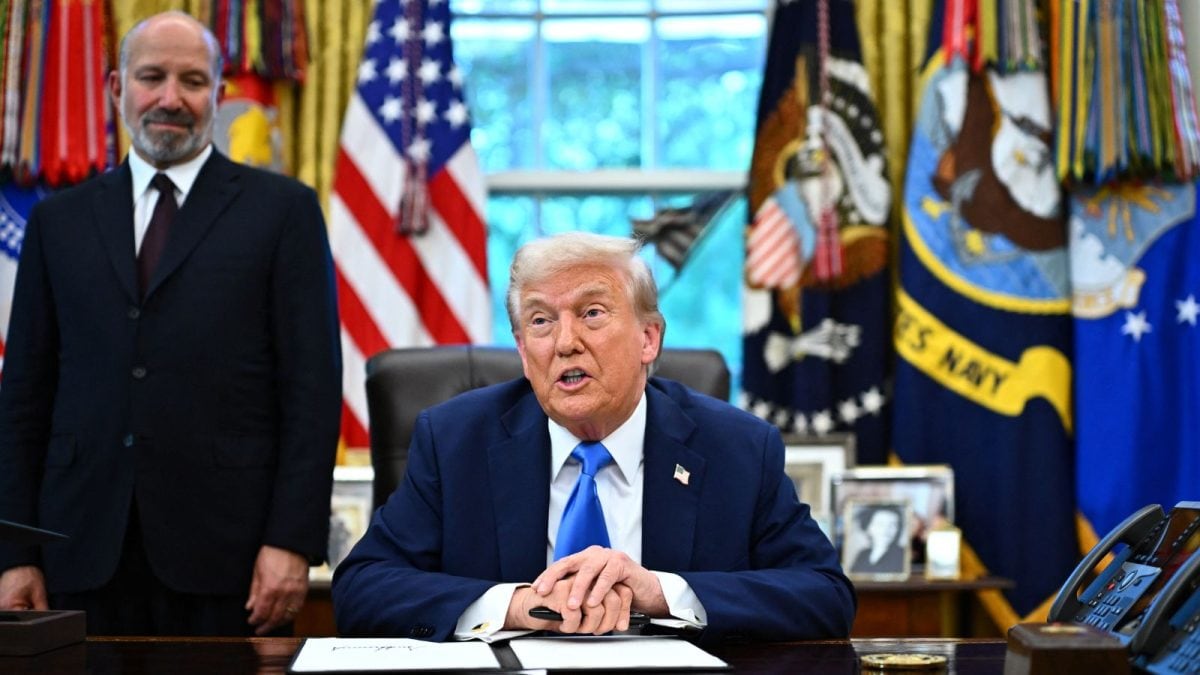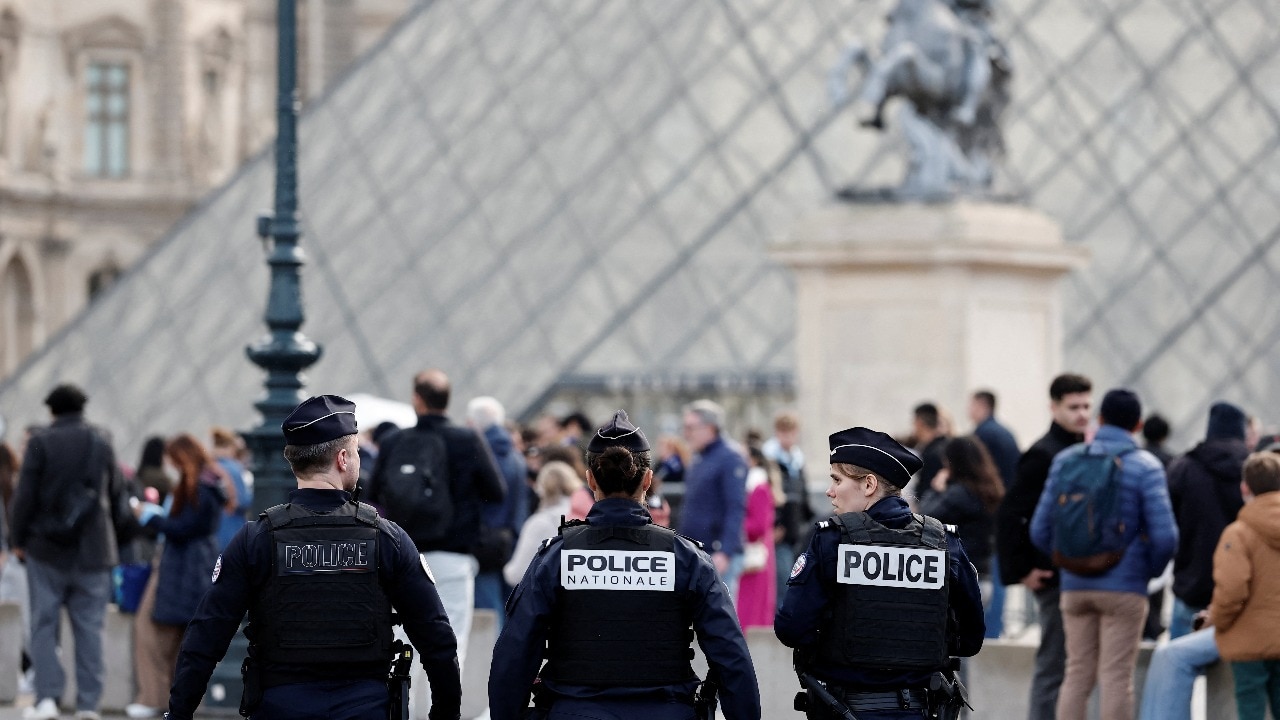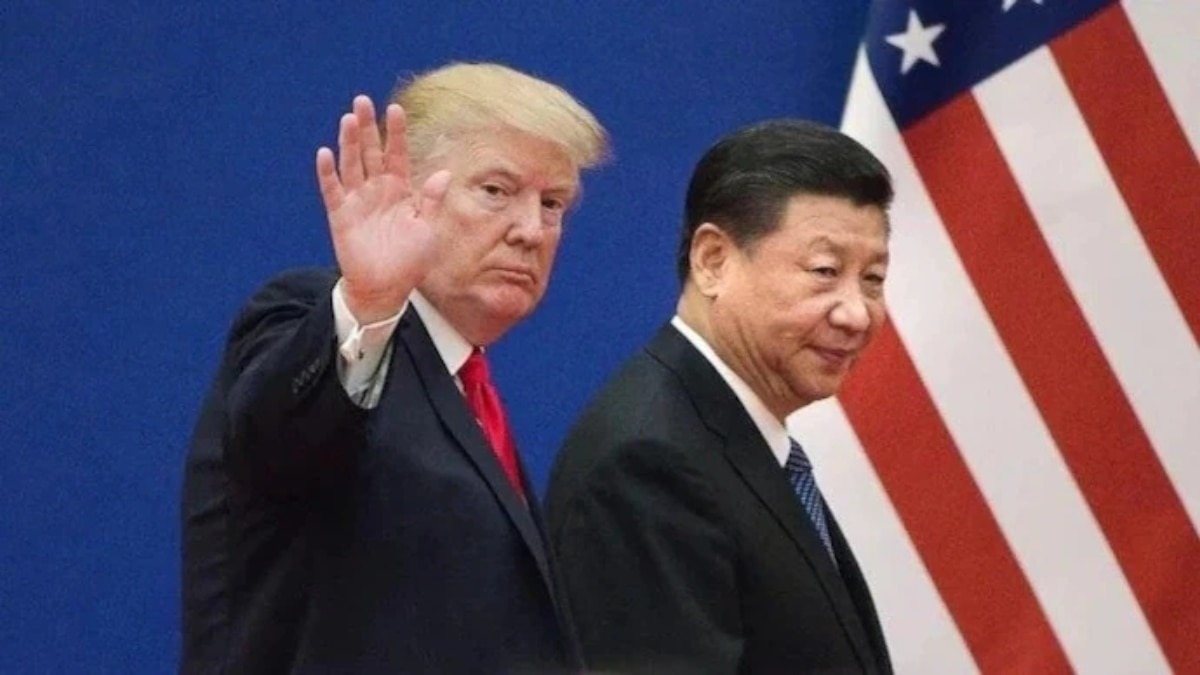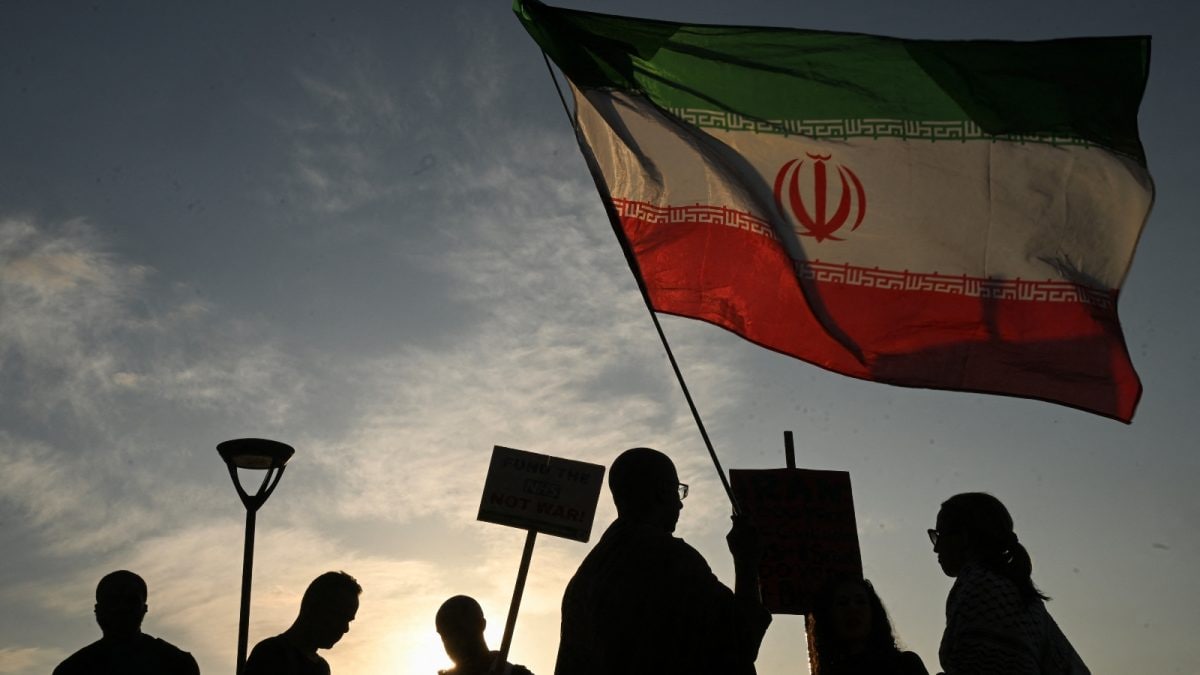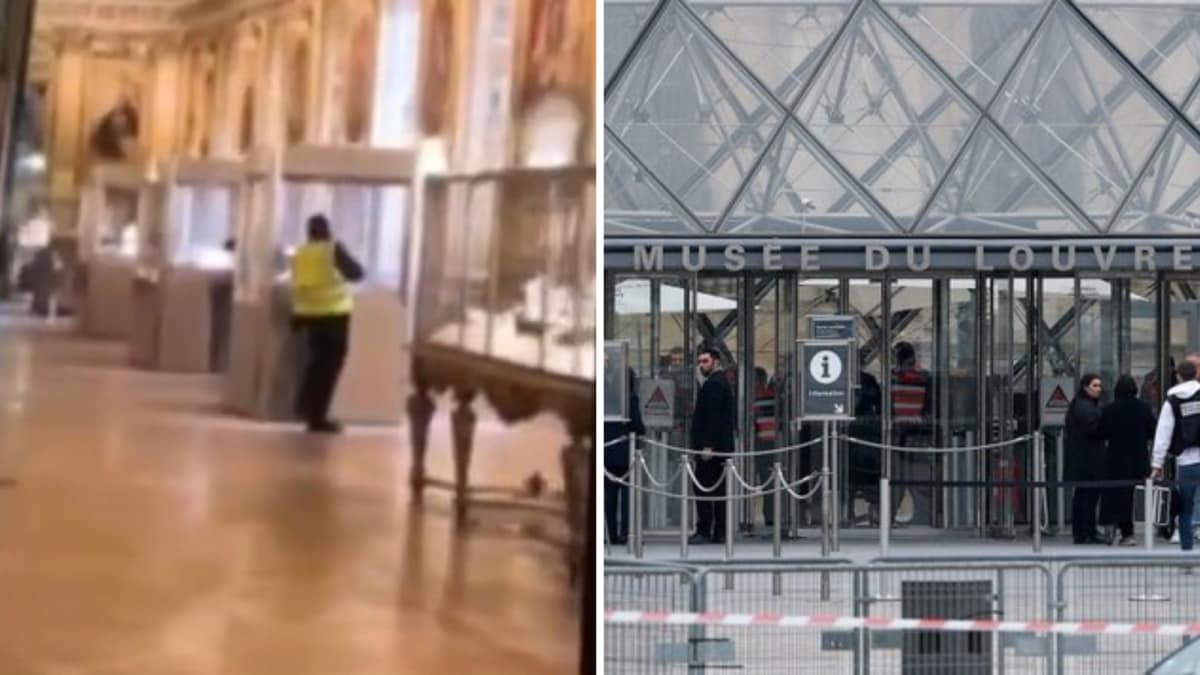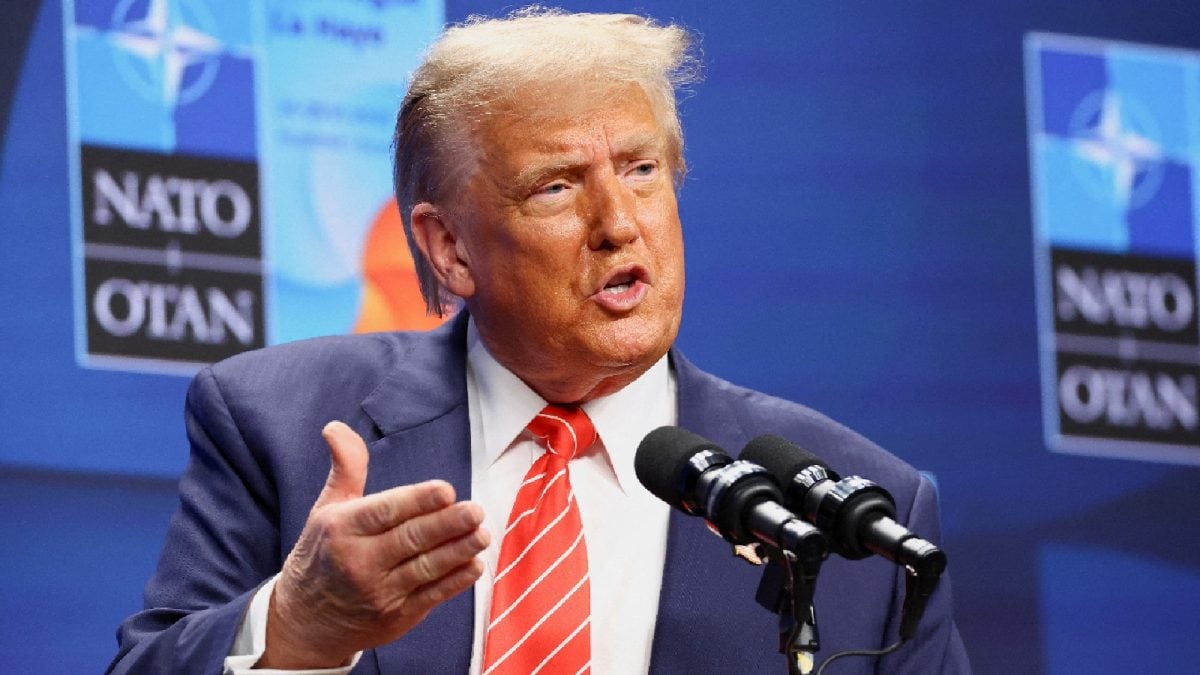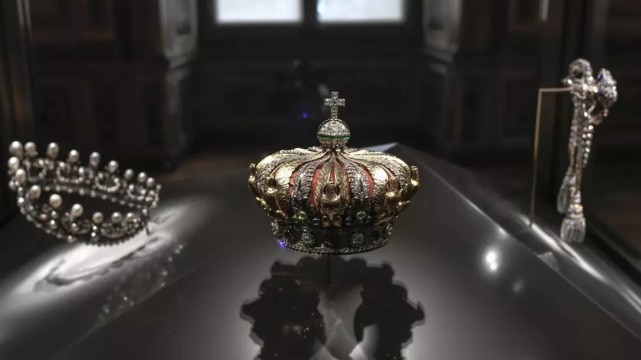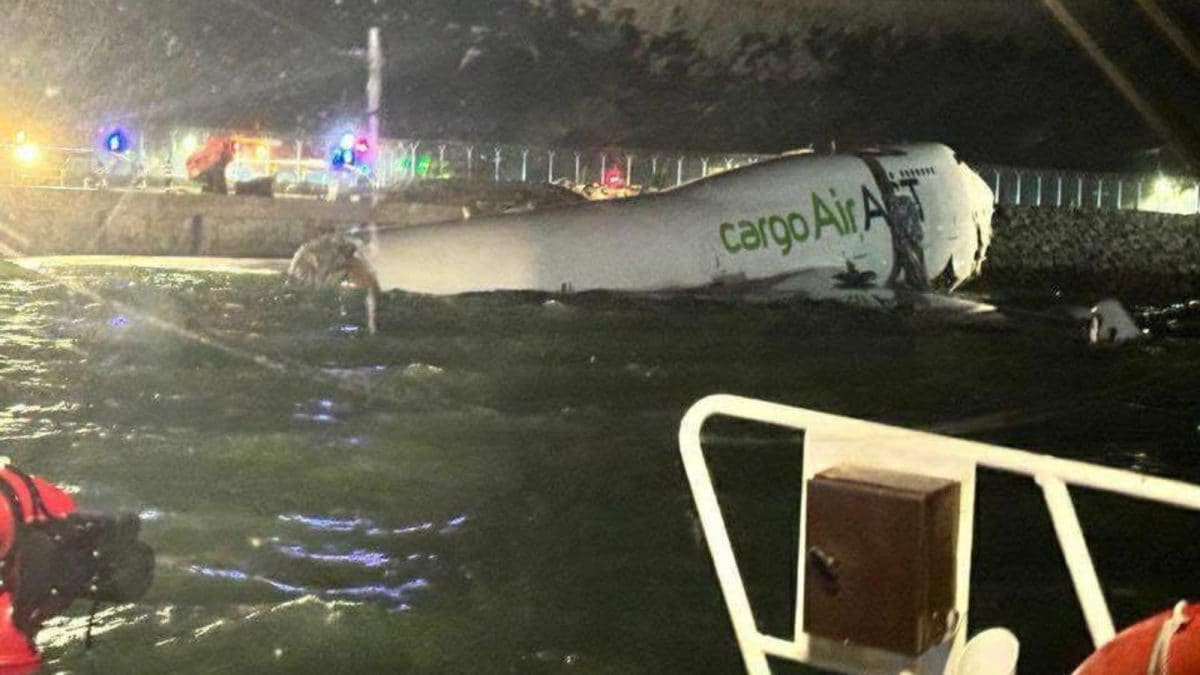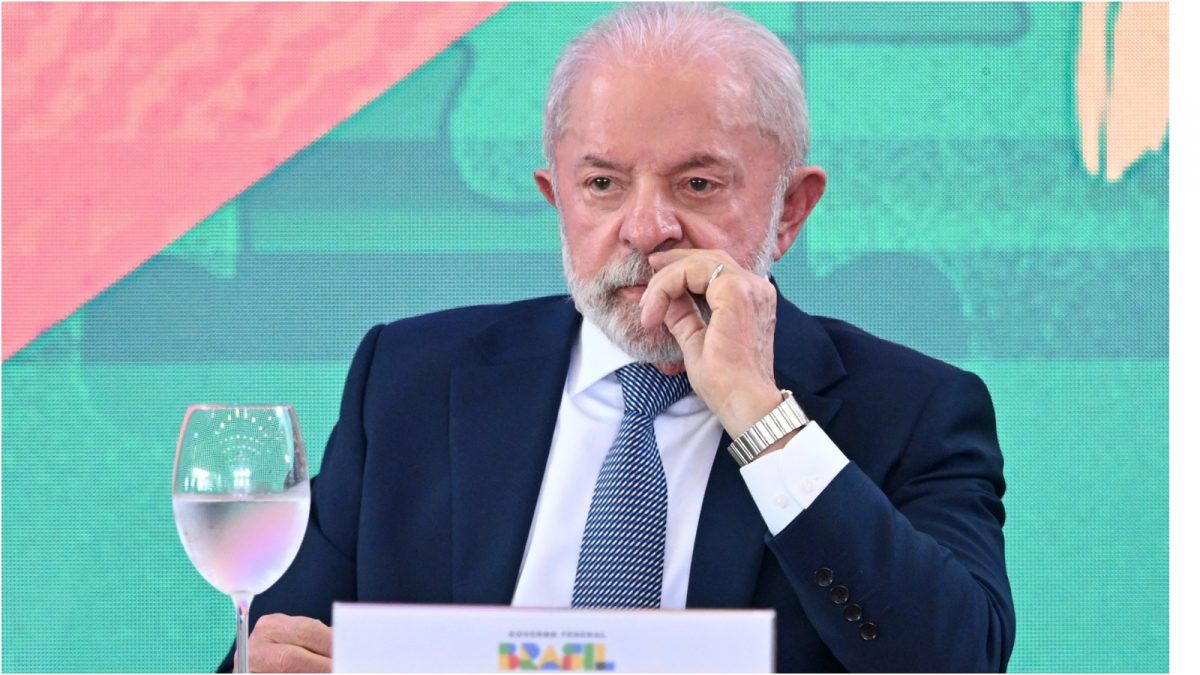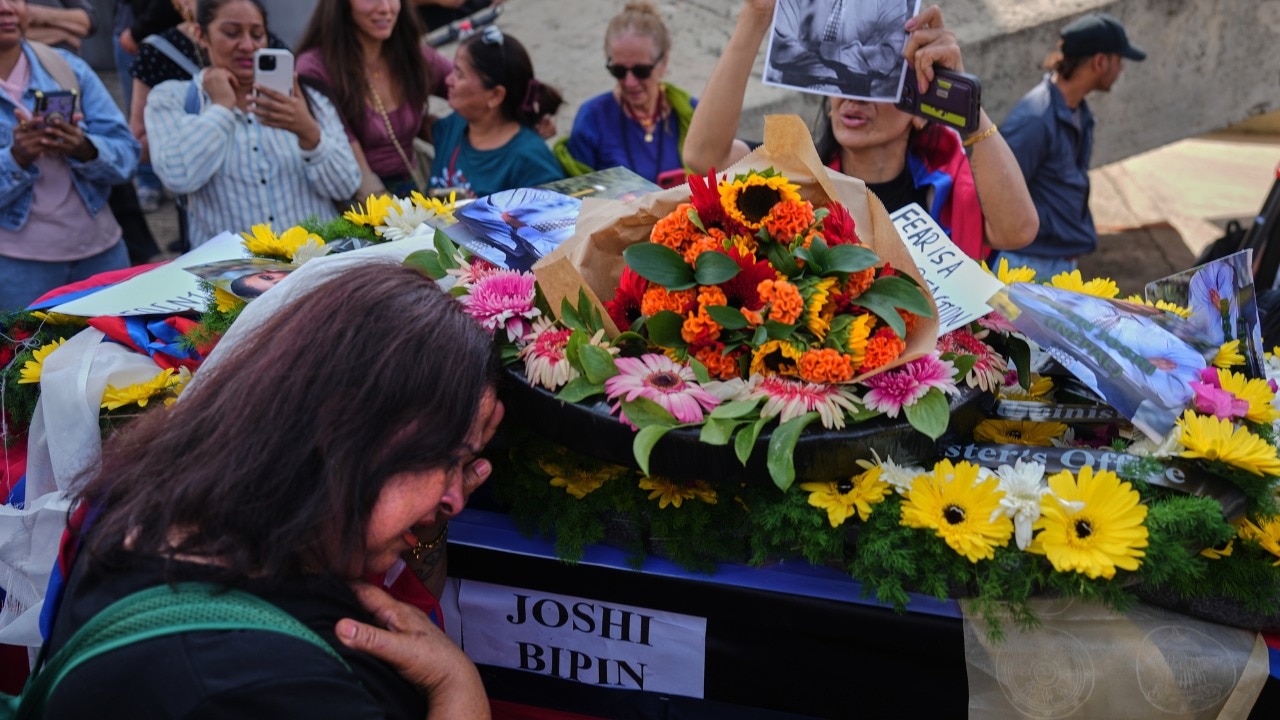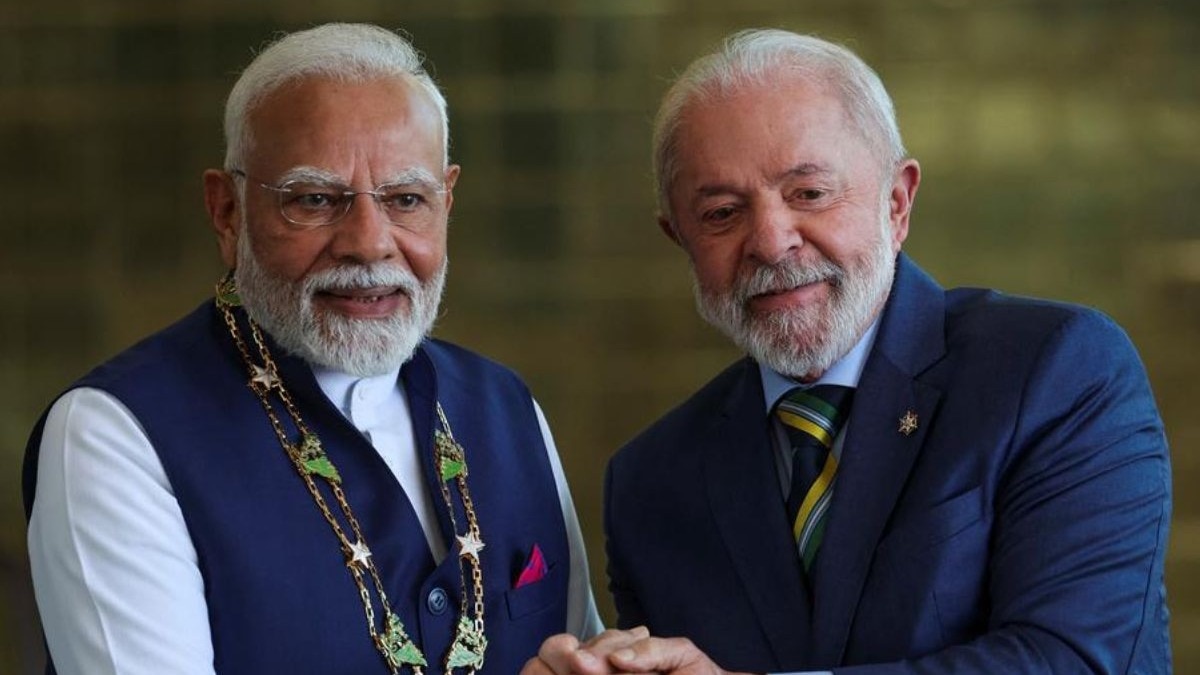Last Updated:August 22, 2025, 14:01 IST
Days after Trump met Putin and Zelenskyy, claiming peace was near, Russia struck a US-owned factory in Ukraine, raising fresh doubts over the credibility of his Ukraine peace push

For now, Trump may still call himself the “peace president.” But in Ukraine, the only thing arriving faster than peace is another Russian missile. (Reuters Image)
Just days after US President Donald Trump hosted Russian President Vladimir Putin in Alaska and met Ukrainian President Volodymyr Zelenskyy and key European leaders at the White House, claiming he was on the verge of brokering peace in Ukraine, Russian missiles struck a US-owned factory deep in western Ukraine. The location was far from the frontline and left little ambiguity about what message Moscow was trying to send.
The strike, one of the most aggressive since the start of the war more than three years ago, killed at least nine civilians and injured nineteen others. Among the targets was Flex Ltd., a manufacturing firm owned by an American company, located in the Ukrainian region of Zakarpattia near the Polish border.
Zelenskyy accused Russia of deliberately targeting American assets in the country. “We believe that this was a deliberate strike against American property here in Ukraine, against American investments," he said on Thursday. According to a report by CNN, senior European diplomats and intelligence sources believe the strike was not accidental; it was carefully timed and strategically chosen to blunt Trump’s attempt to claim momentum on the diplomatic front.
Coming just a week after Trump’s photo-op with Putin, the missile strike has cast serious doubt on the White House’s claims of diplomatic progress. And as doubts grow about Trump’s ability, or even willingness, to pressure Putin into compromise, the credibility of his “peace president" image is beginning to crumble.
A Deal That Exists Only On Paper
From the beginning, Trump’s latest push to end the war rested more on optics than outcomes. He offered the outline of a plan — a summit between himself, Putin and Zelenskyy to hammer out a ceasefire, or failing that, a meeting between Putin and Zelenskyy alone. He publicly described Putin as someone who wanted to “make a deal" and suggested in a hot mic moment during a meeting with French President Emmanuel Macron that “he wants to make a deal for me, you understand that?"
But none of these proposals have translated into tangible outcomes. A summit has not been scheduled. Ukraine has not agreed to terms. And most crucially, Russia has not softened its stance; if anything, it has escalated.
Putin’s Strategy: Play For Time, Bleed The West
The missile strikes came alongside a fresh round of diplomatic stalling by Russian Foreign Minister Sergey Lavrov. In comments following the Alaska summit, Lavrov suggested launching a drawn-out process involving multiple rounds of discussions among technical experts and ministerial representatives, a familiar Kremlin strategy to stall for time. According to CNN, European officials read this as a clear signal: Russia intends to drag out diplomacy while continuing its military offensive on the ground.
This strategy fits a broader pattern that has defined Russia’s posture since the war began: avoid a negotiated settlement until the military situation favours Moscow. While Trump has spoken repeatedly about a “quick deal", WSJ quoted former US Security Council official Nate Reynolds as saying: “The Russians think time is on their side in this conflict. They’re in no hurry to negotiate a peace settlement."
Trump, meanwhile, seems to be misreading or perhaps refusing to acknowledge this reality. Despite signals from Moscow suggesting no interest in compromise, Trump has continued to frame Putin as a viable partner in peace talks.
Trump’s Mixed Signals And Policy Gaps
On Monday, Trump boasted about nearing a breakthrough. By Thursday, he posted on social media that Ukraine couldn’t win the war without striking inside Russia, a comment that directly contradicts his previous criticism of long-range missile transfers to Kyiv.
“It’s like a great team in sports that has a fantastic defence, but is not allowed to play offense," he wrote, adding, “Interesting times ahead!!!"
White House press secretary Karoline Leavitt downplayed the post, saying Trump was “making an observation" about the conflict. But the inconsistency is impossible to ignore, especially since, in December, Trump had told Time magazine, “I disagree very vehemently with sending missiles hundreds of miles into Russia… We’re just escalating this war and making it worse."
WSJ reported the Trump administration has not authorised new weapons transfers from US stockpiles to Ukraine. Instead, it has opted for a model in which the US sells weapons, such as Patriot air defence systems, to European countries, who in turn supply Ukraine. To fund this, Treasury Secretary Scott Bessent confirmed a 10 per cent hike in weapons prices this week.
At the same time, Trump has held off on any meaningful sanctions against Russia. His only new punitive measure was a set of tariffs against India for importing discounted Russian crude, a decision that sidestepped China, Russia’s largest energy customer.
Ukraine: Caught Between Pressure And Principle
While Trump’s peace team floats ideas of land swaps and post-war guarantees, Ukraine has made it clear that any deal that involves territorial concessions, especially in the Donbas region, is unacceptable.
Trump’s envoy, Steve Witkoff, a real estate developer with no background in diplomacy, has spoken casually about redrawing maps and making land swaps — ideas that, for Ukrainians, amount to legitimising occupation.
“It’s quite clear the president did not understand the complexity of the issues," former NSC official Thomas Graham told WSJ.
Even Fiona Hill, who served as a senior Russia adviser in the Trump White House, told WSJ that the current process is confused and fragile. “We’re kind of muddling along in Ukraine, and everybody’s basically trying to manage Trump at this moment, including Putin," she said.
That management includes allowing Trump to believe that Putin is on board with certain security guarantees for Ukraine, even as Lavrov publicly maintains that Russia should itself be a guarantor. As CNN pointed out, the idea of Moscow guaranteeing Ukraine’s safety, just two years after launching a full-scale invasion, is viewed across the West as absurd.
Europe’s Role: Willing, But Not Ready
At the White House summit with European leaders earlier this week, there was visible relief that Zelenskyy had avoided a public blow-up with Trump. But there was also deep anxiety about the lack of structure and coherence in the US-led process.
European leaders are willing to support a post-war reassurance force, but are cautious about committing to a plan that lacks buy-in from Russia or clarity from Washington. US Secretary of State Marco Rubio reportedly told European national security advisers this week that the US would support the initiative from the air, but expects Europe to lead and fund it.
According to WSJ, the reality is that Europe’s proposals for Ukraine’s post-war security are still vague, and without US muscle — military or economic — they are unlikely to deter future Russian aggression.
Meanwhile, the Kremlin has rejected even the minimal conditions for ceasefire negotiations and continues to treat Zelenskyy as an illegitimate leader, making any direct Putin-Zelenskyy summit, with or without Trump, highly unlikely.
The Road Ahead: A Process With No Traction
In his public messaging, Trump continues to suggest that peace is just around the corner. But within his own administration, more sober assessments are emerging. “We’re still a long way off," Secretary of State Marco Rubio told ABC on Sunday. “I mean, we’re not at the precipice of a peace agreement; we’re not at the edge of one."
The comment stands in stark contrast to the White House’s earlier spin, and reflects a growing recognition that Trump’s approach, rooted in personal diplomacy and media optics, is no match for Russia’s battlefield calculus and diplomatic obstruction.
So far, Trump has not pressured Putin, has not offered Ukraine meaningful support, and has not secured buy-in from European allies for his vision. What he does have is a widening credibility gap, and a Russian president who, despite the photo-ops, is showing no interest in ending the war on anyone’s terms but his own.
For now, Trump may still call himself the “peace president." But in Ukraine, the only thing arriving faster than peace is another Russian missile.

Karishma Jain, Chief Sub Editor at News18.com, writes and edits opinion pieces on a variety of subjects, including Indian politics and policy, culture and the arts, technology and social change. Follow her @kar...Read More
Karishma Jain, Chief Sub Editor at News18.com, writes and edits opinion pieces on a variety of subjects, including Indian politics and policy, culture and the arts, technology and social change. Follow her @kar...
Read More
August 22, 2025, 14:01 IST
News explainers Missiles After The Handshake: What Happened To Trump’s Russia-Ukraine Peace Plan?
Disclaimer: Comments reflect users’ views, not News18’s. Please keep discussions respectful and constructive. Abusive, defamatory, or illegal comments will be removed. News18 may disable any comment at its discretion. By posting, you agree to our Terms of Use and Privacy Policy.
Read More

 1 month ago
1 month ago
